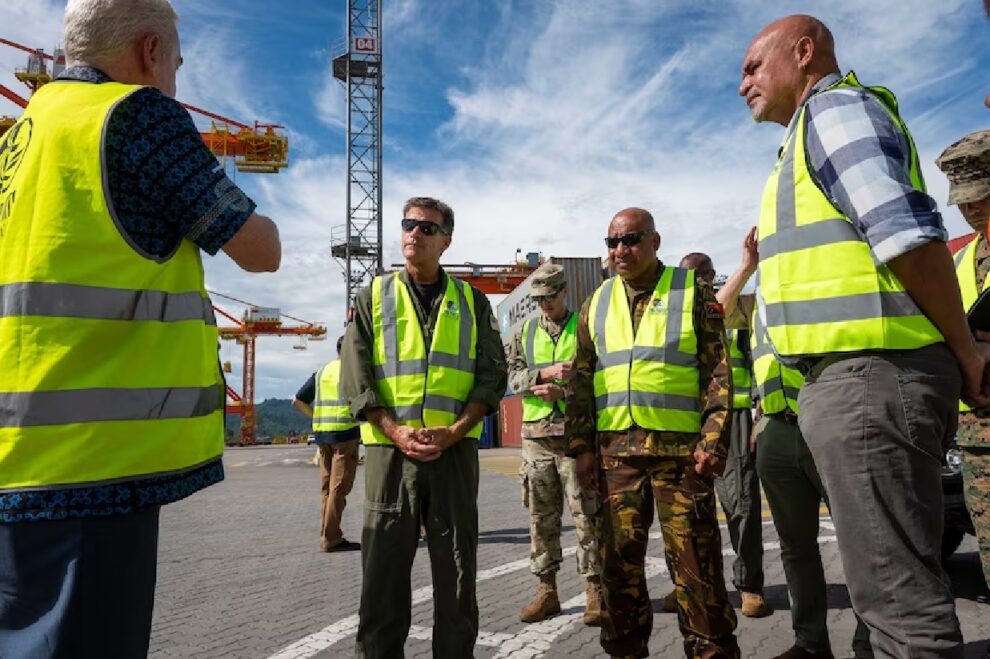Ratner, along with Assistant Secretary of State for East Asia Daniel Kritenbrink, spoke at the Brookings Institution in Washington, D.C.
“We meet our partners where they are,” Ratner said. The United States works with nations of the region addressing issues of mutual concern.
The United States long-term goals in the region remain the same — a secure and stable Indo-Pacific — but the approaches change depending on circumstances.
An example is the case of the Pacific-island nations who have grave concerns about climate change, illegal fishing, encroachments on sovereignty and more. The United States will work with those countries to address those problems to the benefit of both sides. Addressing those issues will be a major part of partnerships with those nations.
Other states in the Indo-Pacific have different concerns, and the United States brings different mixes to those engagements, he said. Those nations may be focused on high-end deterrence and U.S. officials will “meet them where they are” too, he said.
“The tools may be different, [but] I think there is clear strategic alignment,” Ratner said. “And that is why we have been so successful over the last year.”
Secretary of Defense Lloyd J. Austin III will visit Papua-New Guinea and Australia next week. He will be the first U.S. secretary of defense to ever visit the nation and he will discuss the new defense cooperation agreement between the two nations.
Austin will move on to Australia where he will participate in the latest “2+2” discussions that feature the foreign affairs and security departments of both nations. “The Australians are very focused in building out and domestic indigenous munitions capability, and we’re going to support that,” Ratner said. “We’re going to have some specific announcements associated with that.”
The U.S. and Australian leaders will also discuss moves to fashion a more diversified, mobile, resilient and lethal force posture. “We’ve got a lot going on with the Australians, and we’ll be rolling out some very specific new announcements associated with that,” Ratner said.
Finally, both countries will look for better ways to network alliance and partnerships in the region, Ratner said. “We made an announcement last year that we were going to start looking at ways to integrate Japan in particular, into U.S. force posture initiatives in northern Australia,” he said. “And we’re going to have some specific announcements next week about how we’re going to do that.”
Source : Defense.Gov






































